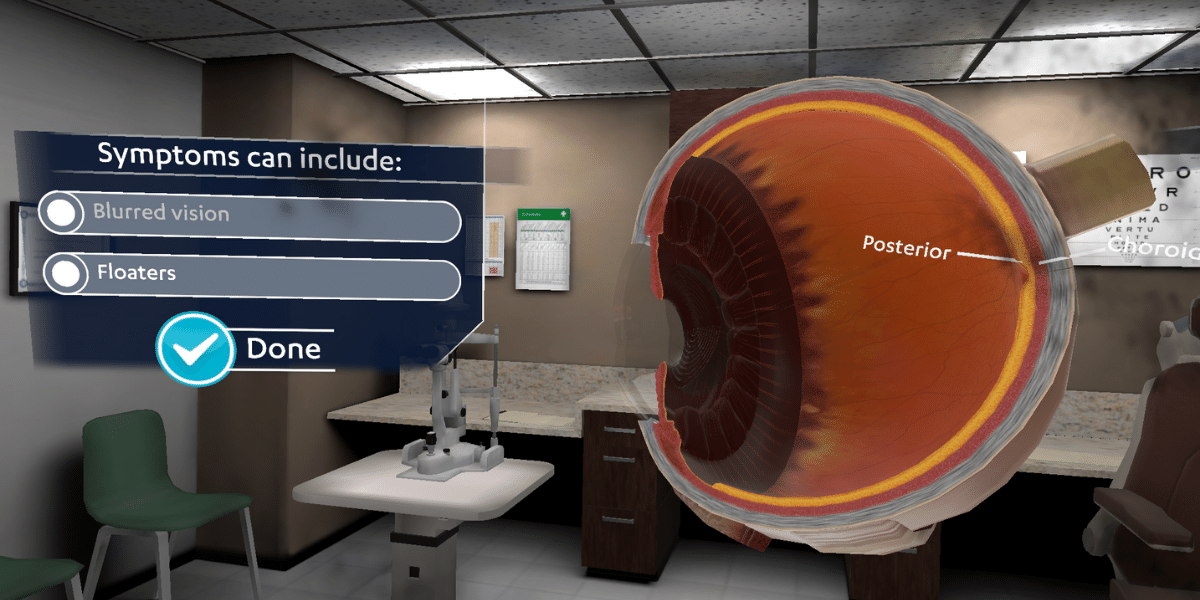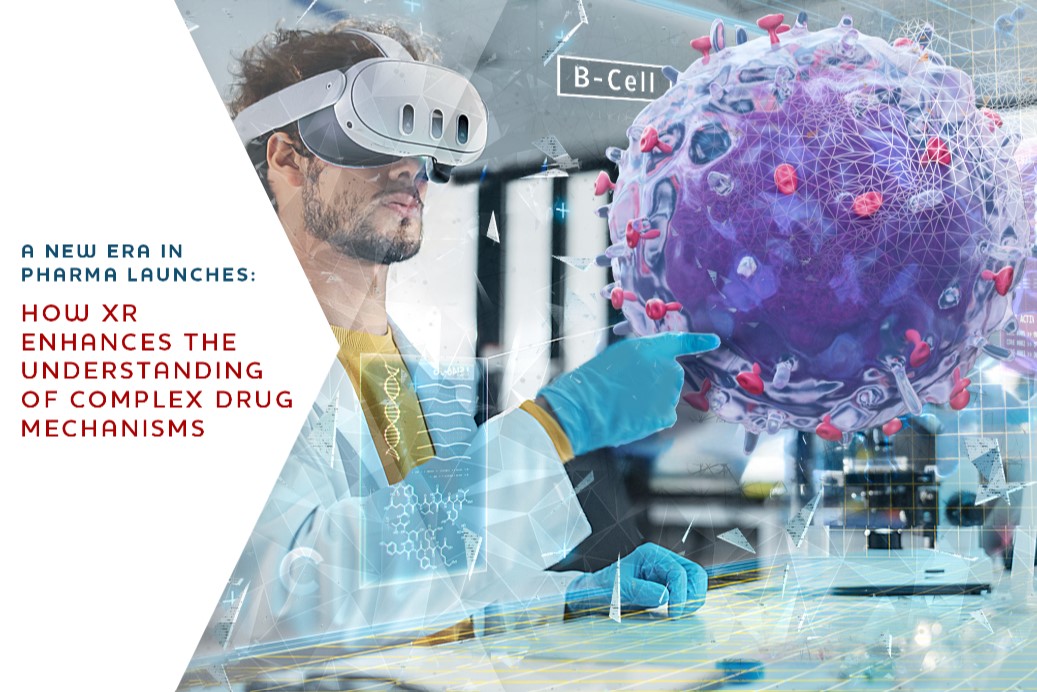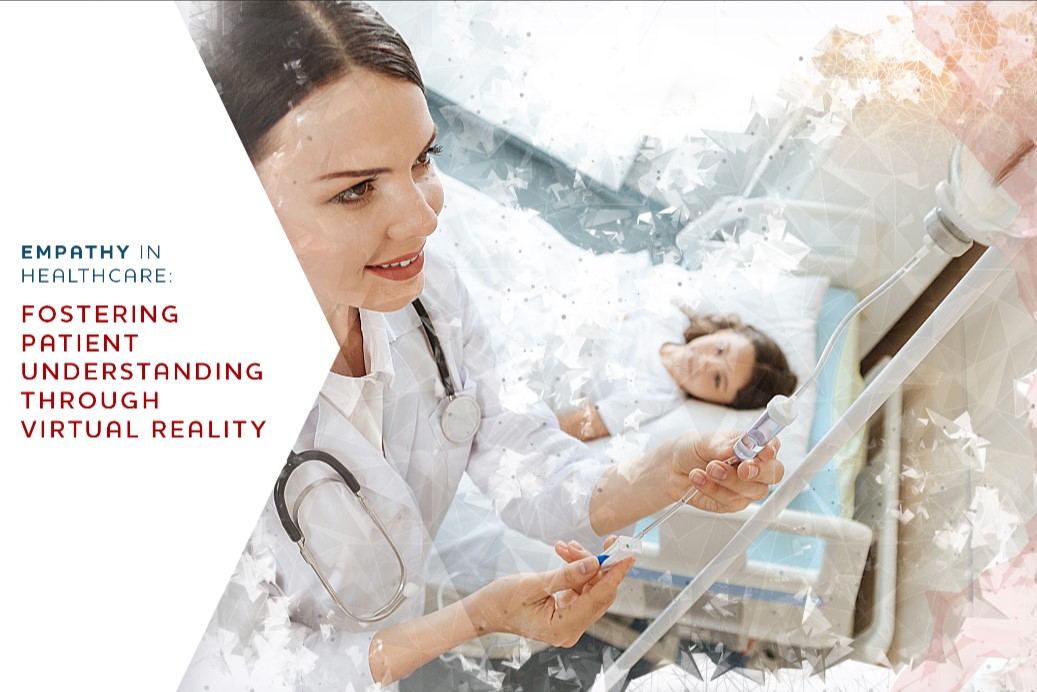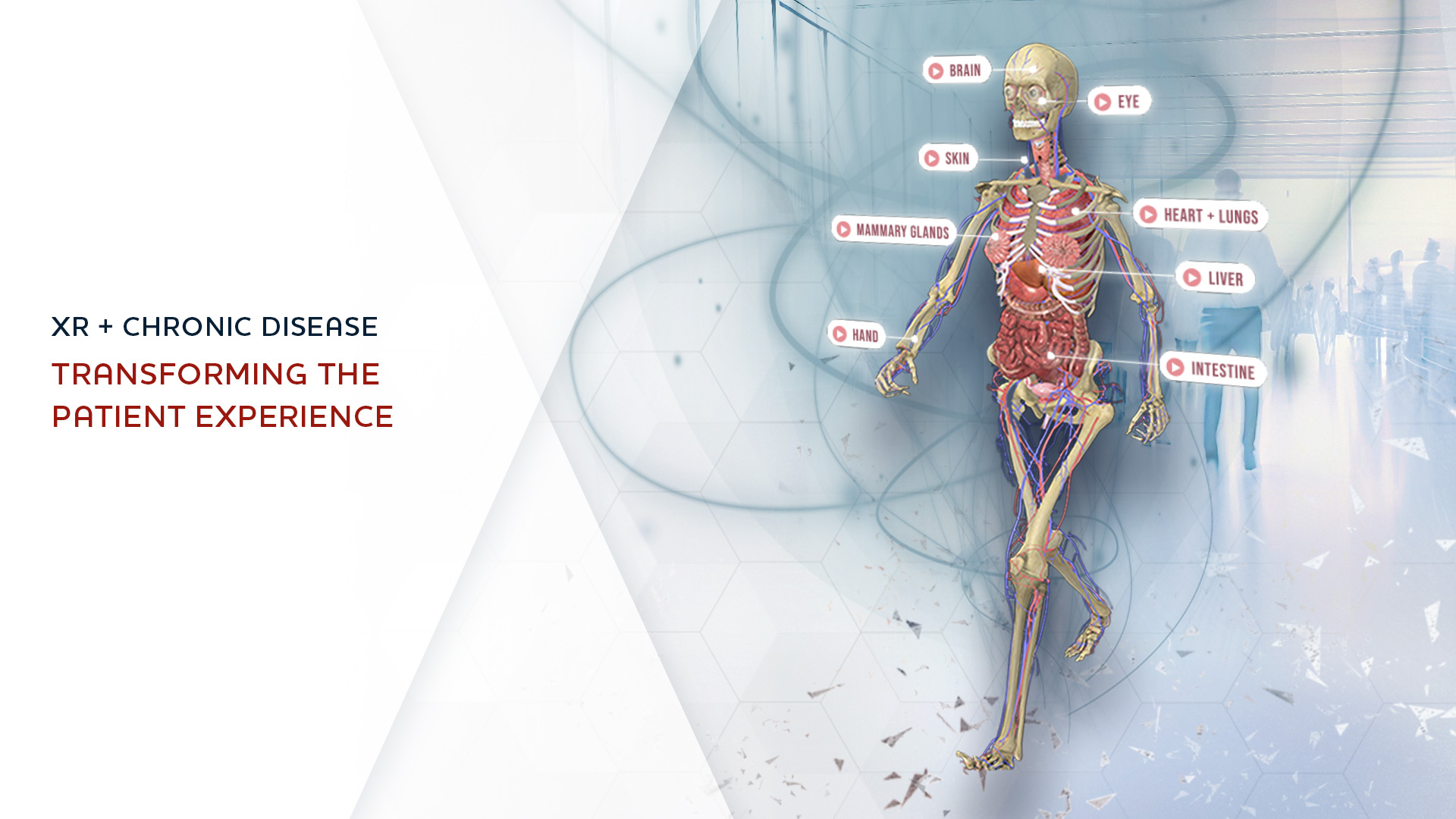Medical simulations have become integral to healthcare education since their inception, reshaping health practices. With simulation, teaching and learning experiences are improving and modernizing, enhancing skill dispensation to help manage illnesses, diagnose, treat and attend to patient needs.
However, concerns are emerging on the costs of integrating 3D medical simulations in training, influencing investigations on the cost-benefit analysis of incorporating the methodology in teaching and learning.
Despite the concerns, healthcare simulations have proven to be useful in the long run, with positive imprints on healthcare, such as increasing patients, clinicians, and other medical practitioners’ safety.
What are Medical Simulations?
Healthcare simulations are created to improve teaching and learning experiences, coaching professionals on the cognitive, technical, and behavioral skills needed to understand and attend to patients, including maintaining standards in practice through a technology-based crafted environment.
Medical Simulation is an experiential learning process that utilizes virtual and augmented realities (VR & AR) to reduce the potential harm to real patients when handled by a learner. The virtual and augmented reality simulations used in teaching and learning ensure that professionals gain adequate experience before engaging in actual practice and managing real patients.
AR/VR Medical Training Simulation-Based Practice
The AR/VR simulation-based training and practice imply that students and educators can learn better and confidently in a virtual environment where they do not interact with live patients.
Simulation artificially creates and represents complex real-world issues in the health sector, ensuring that learning takes place by immersing students in a virtual environment where they receive immediate feedback, reflect on issues and improve on practice. The methodology attempts to reduce errors that learners and educators commit when handling real patients. This assists in averting risks in the event a life-altering or potentially fatal error occurs during training.
Augmented Reality (AR)
Augmented Reality (AR) technology facilitates the computerized creation of three-dimensional (3D) representations integrated with real-world environmental stimuli. The experience focuses more on immersive learning, enabling training to take place anywhere using applications and software installed on smart devices and gadgets such as tablets, mobile phones, and laptops. AR is used for educational purposes to readily avail and simplify complex medical data to ease understanding of medical concepts while attending to patients simultaneously.
Virtual Reality (VR)
Virtual Reality (VR) is an experiential learning program for training that uses a visually stimulated health environment created through computer graphics.
The technology exposes learners to virtual patients, enhancing learning on how to perform medical surgeries and diagnoses without interacting with a real patient. The virtual patient’s response to a medical procedure is almost instant, enhancing faster learning processes and enabling students to engage in corrective actions and follow-ups.
Role of Medical Simulation in Training
The integration of three-dimensional medical simulations has a role in solving existing and emerging complex issues in clinical and nursing professional training. The health sector is constantly facing new challenges that demand high technical skill levels to overcome. Simulations are vital in equipping learners to meet medical demands while improving their clinical judgments to adequately care for and manage patients.
Effective patient care and management are essential. This can only be achieved if healthcare providers are adequately trained in a safer environment free from harm, ensuring that knowledge acquisition continues seamlessly. With simulations in healthcare education, HCP are able to learn about making proper diagnoses and treatment of illnesses.
Cost Benefit of 3D Medical Simulation in Healthcare Education
Simulation education is costly, particularly the initial installation and maintenance costs of the computerized devices used in education. However, considering the outcome, the psychosocial innovative medical technology has improved student outcomes, equipping learners with adequate cognitive and behavioral knowledge, which are essential in handling real-time clients. To better comprehend the cost-benefit of using simulations in training professional workers, it is important to identify its benefits and drawbacks when used in healthcare education.
Benefits of Simulation in Healthcare Education
The simulation aims to improve access to high-quality and efficient healthcare by promoting healthcare educational activities. Simulations benefit healthcare education by:
- Providing solutions to complex health systems and challenges that make it easier for students to understand health practices.
- Providing a realistic experience through virtual anatomy, which makes students feel like they are conducting real-time anatomy training. This gives students the confidence and valuable ideas to attend to live clients once the training is completed.
- Focusing on patient safety in its approach and model. Students are able to perform in safe environments and adequately learn without having to interact with a live patient.
- Reducing medical errors improves patient experiences and also reduces mortality rates resulting from medical training mistakes.
- Providing a reliable and engaging educational model that will ensure uninterrupted learning. Students and educators are able to make learning faster through the immediate feedback given by the virtual patient’s progress, enhancing clinical engagements to further learning.
Final Thoughts
Considering the cost-benefit of the 3D simulation-based learning approach in medical education, you can identify that the costs are justified with the model’s positive outcomes on students, educators, and patients.
Simulation is the new technology that has helped improve learning and teaching efforts in an interactive yet educative manner, accelerating learning processes to take place uninterrupted. The health technology is focused on improving service provision, increasing patient satisfaction and providing customized, personalized care by instilling technical skills such as proper clinical judgments to make informed healthcare decisions improving service delivery, making it a worthy model in the long run.
At Tipping Point Media, we have focused on bridging knowledge gaps in medical training by partnering with professional medics to identify and design learning features useful in healthcare education. We provide adequate information on simulation-based training and learning in healthcare that might work for you. Contact us to reach our expert team.



